Venezuela is a land of striking contrasts. From the lush Amazon jungle and dramatic Andean peaks to the sun-soaked beaches of its Caribbean coast, the country is a treasure trove of breathtaking landscapes, vibrant culture, and incredible biodiversity. Yet, for many travellers, Venezuela remains an under-the-radar destination. Whether you’re a seasoned globetrotter or a casual explorer, this South American gem offers countless opportunities for adventure and discovery.
This detailed guide will introduce you to Venezuela’s hidden gems and must-visit destinations, unveiling its rich history, natural wonders, and vibrant local culture. So, pack your bags and prepare to be enchanted by one of the most beautiful countries on Earth.
Why Venezuela Deserves a Spot on Your Travel List
Have you ever yearned for a place where untouched natural beauty meets a lively cultural tapestry? If so, Venezuela is the destination you’ve been dreaming of. Despite past challenges, the country remains an alluring playground for adventurers and nature lovers alike. Here’s why Venezuela should urgently top your travel bucket list:
- Natural Wonders: Home to the world’s tallest uninterrupted waterfall, Angel Falls, Venezuela boasts unmatched scenic beauty.
- Biodiversity: Incredibly diverse ecosystems range from Andean highlands to dazzling coral reefs.
- Warm Hospitality: Venezuelans are known for their friendliness, often inviting visitors to experience their food, music, and traditions.
- Affordable Exploration: For travellers with a sense of adventure, the current low travel costs make Venezuela an accessible paradise.
The real question is: where should you go first? Let’s dive into some of the unmissable places that will undoubtedly leave you spellbound.
1. Angel Falls – Where Heaven Meets Earth
Tucked deep in the Canaima National Park, Angel Falls stands as the jewel in Venezuela’s tourism crown. Dropping from a staggering height of 979 meters (3,212 feet), it’s not just the tallest waterfall in the world—it’s a spiritual experience.
Getting There:
Reaching Angel Falls requires a sense of adventure. Most travellers take a plane from Ciudad Bolívar or Caracas to Canaima, followed by a thrilling canoe ride up the Carrao River. The journey itself, traversing lush rainforests and winding waterways, is part of the magic.
Top Tips:
- Visit during the rainy season (May to November) for the most dramatic water flow.
- Bring sturdy footwear for hikes and be ready to get wet—canoe rides to the falls can get splashy!
2. Los Roques Archipelago – A Caribbean Paradise
Looking for pristine beaches without the crowds? Welcome to Los Roques National Park, a breathtaking collection of over 300 islands, cays, and islets surrounded by crystal-clear waters and flourishing coral reefs.
Highlights:
- Cayo de Agua: Famous for its powdery white sands and turquoise waters.
- Scuba Diving: Los Roques boasts some of the healthiest reef systems in the region, teeming with marine life.
- Windsurfing & Kitesurfing: The archipelago’s ideal wind conditions make it a hot spot for adrenaline junkies.
Tips for Your Visit:
Unlike many tourist-heavy islands, Los Roques feels delightfully secluded. Flights from Caracas land on the main island, Gran Roque. Book an eco-lodge or stay in “posadas” (small guesthouses) to immerse yourself in the tranquil island vibe.
3. Mount Roraima – A Journey to the Lost World
Ever imagined hiking through a land so surreal it inspired Arthur Conan Doyle’s novel The Lost World? Mount Roraima, a majestic tabletop mountain straddling the borders of Venezuela, Brazil, and Guyana, sits in the Gran Sabana region, part of Canaima National Park. Its sheer cliffs and mist-shrouded summit are a trekker’s dream.
Why Visit:
- Explore awe-inspiring rock formations, rare plants, and unique wildlife—it’s like stepping into another world.
- Witness spectacular views across Venezuela’s stunning Gran Sabana.
- Immerse yourself in local indigenous culture as you hike alongside Pemon guides.
Pro Tip:
This trek is not for the faint-hearted—it requires fitness and endurance. Make sure to pack warm clothes as temperatures on the summit drop dramatically at night.
4. Mérida – The Heart of the Andes
Nestled in Venezuela’s Andes Mountains, Mérida is beloved for its outdoor activities, cooler climate, and friendly, student-oriented population. It’s also the launching point for exploring several natural attractions in the region.
Highlights:
- The Mérida Cable Car: Known as the highest and longest cable car system in the world, it takes you to Pico Espejo for awe-inspiring views.
- Adventure Sports: From paragliding over mountain peaks to white-water rafting, Mérida offers activities for adrenaline seekers.
- Cultural Experiences: The region is a hub of Venezuelan traditions. Explore bustling markets, eat local delicacies like “arepas andina,” or attend colourful festivals.
5. Morrocoy National Park – Sun, Sand, and Mangroves
If you think Caribbean beaches are exclusive to island nations, think again. Morrocoy National Park, located along Venezuela’s northern coast, offers crystal-clear waters, mangroves, and an array of cays boasting dazzling beauty.
Things to Do:
- Go island-hopping: Visit cays like Cayo Sombrero or Cayo Sal for picture-perfect beaches.
- Take a boat ride through mangrove channels teeming with wildlife.
- Snorkel or scuba dive to discover colourful coral formations.
Insider Tip:
Weekends can get busy with local visitors; for a quieter experience, visit during the week.
6. Orinoco Delta – A Wildlife Safari Like No Other
The Orinoco Delta is unlike anywhere else in Venezuela. This sprawling maze of rivers, swamps, and dense forests offers a chance to immerse yourself in the country’s incredible biodiversity.
Why You’ll Love It:
- Spot diverse wildlife, including monkeys, crocodiles, and exotic birds.
- Interact with local Warao communities and learn about their lives in this unique ecosystem.
- Explore the waterways in a traditional “curiara” canoe.
7. The City of Caracas – A Cultural Powerhouse
While Venezuela’s natural landscapes often steal the spotlight, its capital city, Caracas, offers a fascinating peek into the country’s history and modern culture. From sprawling metropolitan parks to vibrant markets, Caracas is buzzing with energy.
Must-See Attractions:
- Mount Ávila National Park: Ride the cable car to the top for panoramic views of the city and the Caribbean Sea.
- Plaza Bolívar: Stroll through the city’s historic heart, surrounded by colonial-era architecture.
- Local Flavours: Don’t miss a chance to sample Venezuelan street food, like empanadas or the famous arepa.
Practical Tips for Travelling in Venezuela
Venezuela is an immensely rewarding destination, but planning is key to a smooth travel experience. Here are a few tips to help you prepare:
- Travel Insurance: Ensure you’re covered comprehensively for activities such as trekking, diving, or rafting.
- Currency: The local currency is the Bolívar, but US dollars are widely accepted in many tourist areas. It’s advisable to carry cash as ATMs may be unreliable.
- Safety Tips: While many regions are perfectly safe for tourists, it’s wise to stay updated on local conditions and avoid areas marked as high-risk.
- Local Guides: Hiring a trusted guide can enhance your experience significantly, particularly in remote areas such as Canaima or the Orinoco Delta.
- Pack Strategically: Lightweight clothes are ideal for tropical regions, but don’t forget warm layers if you’re heading to the Andes or Mount Roraima.
FAQ Section
1. Is Venezuela safe for tourists?
Venezuela requires cautious planning to ensure safety. Stick to tourist-friendly areas, travel in groups, and research destinations thoroughly before visiting.
2. What’s the best time to visit Venezuela?
November to April (dry season) is an ideal time for most regions. However, the rainy season (May to November) is best for viewing waterfalls like Angel Falls.
3. Can I use US dollars in Venezuela?
Yes, US dollars are widely accepted in major tourist areas, but it’s useful to carry some local currency for smaller purchases.
4. Do I need a visa to visit Venezuela?
Visa requirements vary by country. Many travellers need to obtain a visa in advance through a Venezuelan consulate.
5. What’s the easiest way to get around Venezuela?
Domestic flights connect major cities and tourist regions. Ground transport options include buses, private taxis, and guided tours.
Conclusion: Plan Your Venezuelan Adventure Today
From the jaw-dropping majesty of Angel Falls to the serene beaches of Los Roques, Venezuela beckons adventurers with its untamed beauty and cultural riches. Whether you’re seeking thrilling hikes, wildlife encounters, or simply relaxation on idyllic beaches, this country has it all.
Are you ready to explore Venezuela’s hidden treasures? Visit www.nihosi.com for more insightful guides and resources to plan your dream trip. Adventure awaits—don’t let Venezuela’s incredible wonders pass you by!

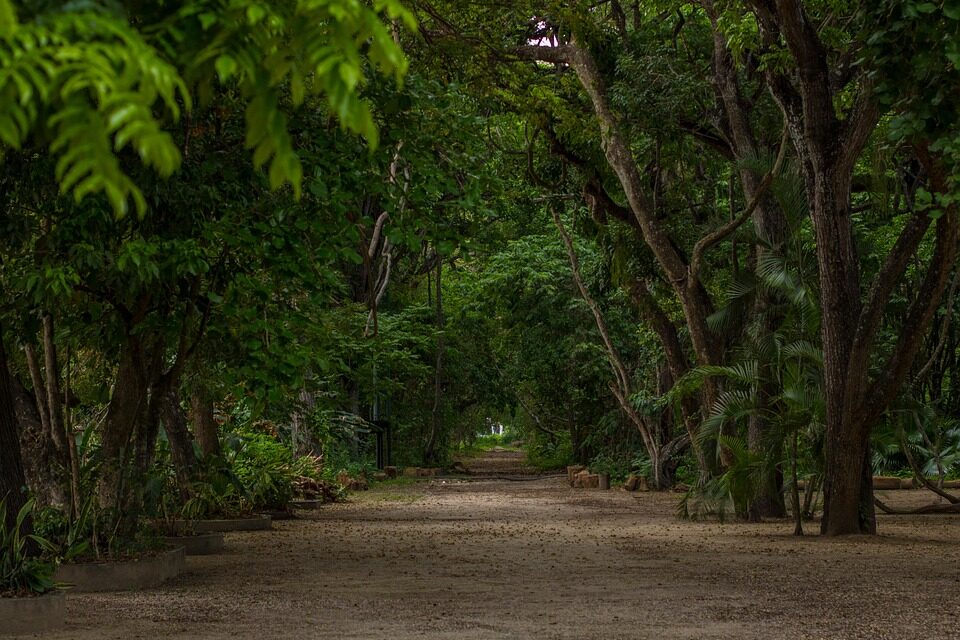
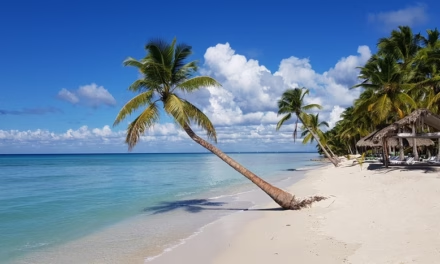
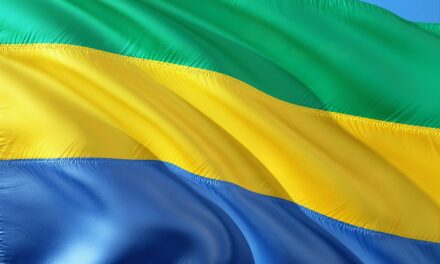
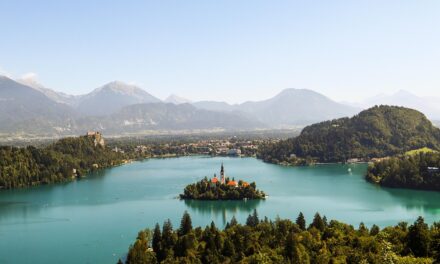
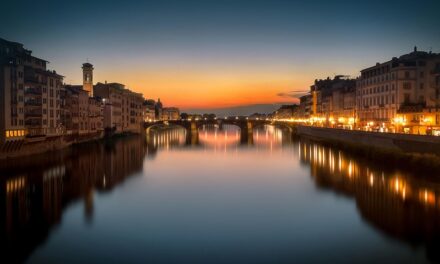


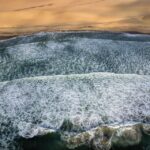



Subscribe To Our Newsletter
Join our mailing list to receive the latest news and updates from our team.
You have Successfully Subscribed!